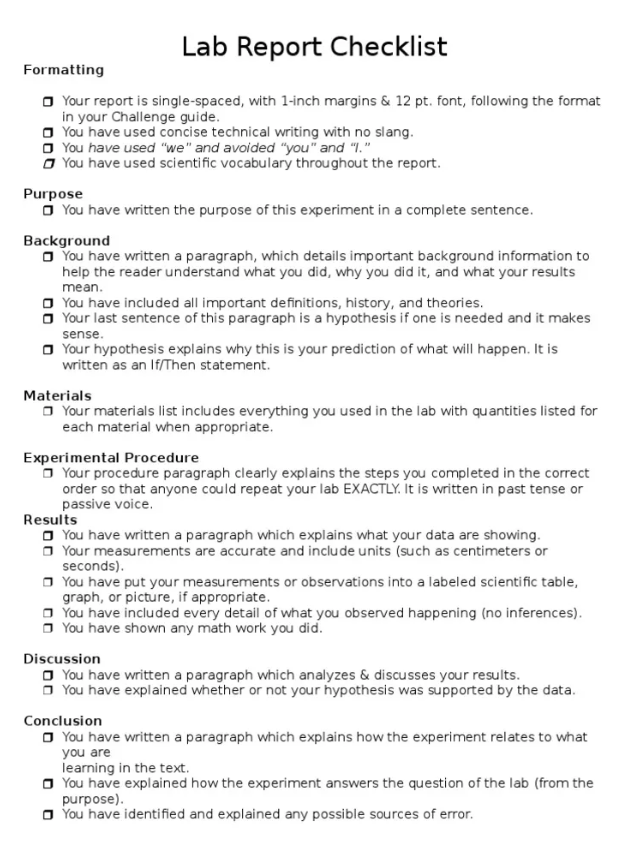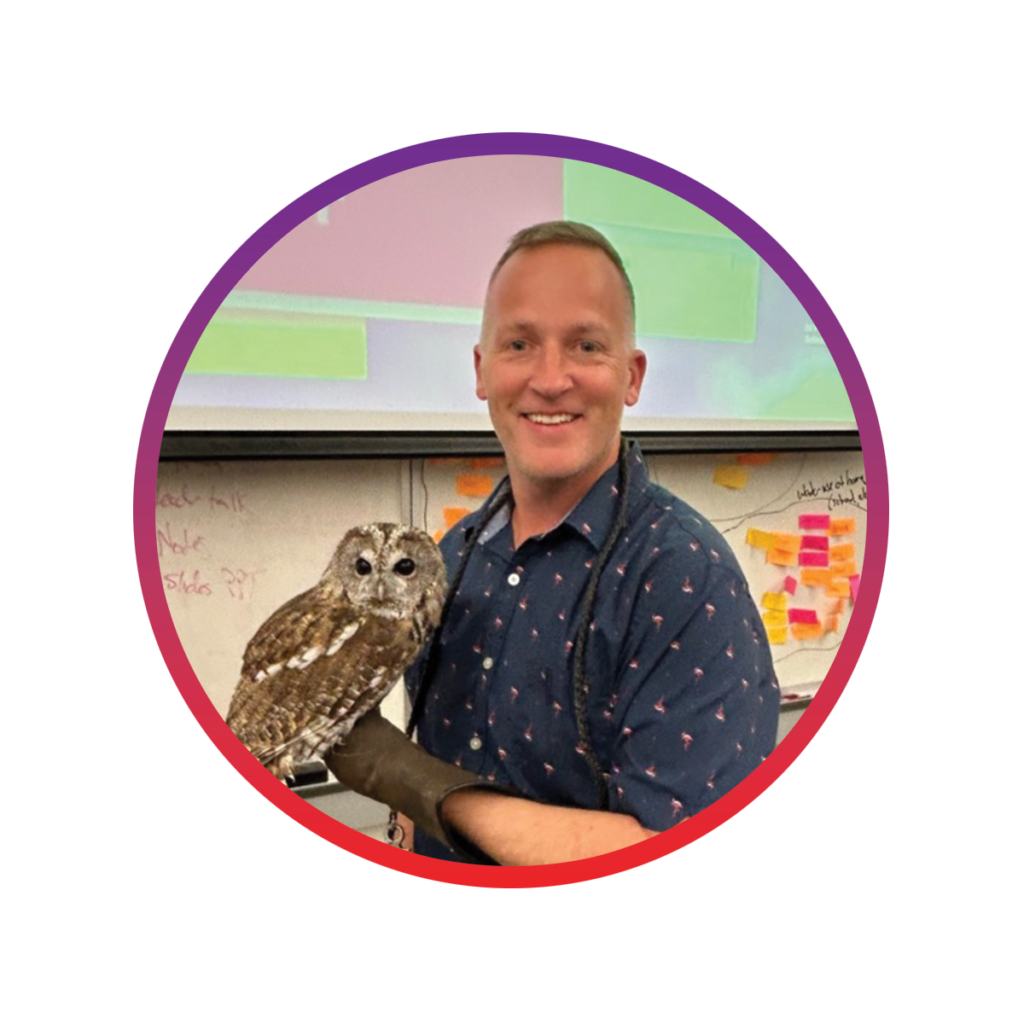As another school year draws to a close, teachers find themselves in need of a well-deserved break. However, as the old saying goes, there is no rest for the wicked. In addition to recharging the mental batteries, an extended summer break presents a golden opportunity to reflect and revitalize teaching strategies and activities. Keep reading to learn more about productive ways to make the most of your summer break, focusing on enhancing formative assessments, refining grading practices, and engaging in professional development to elevate science learning in your classroom. Individually, or collectively, these will have positive effects on your teaching and on students’ attitudes toward science and learning.
1. Dive into Formative Assessments
An invaluable tool for monitoring student progress and tailoring instruction to meet their needs is through formative assessment. Of course, key things to remember about formative assessments are that they should be conducted during learning and they should be given frequently, which influences our decision-making. Many teachers do bellringers and exit slips, but what are the actual strategies they use at the beginning and end of class? Use the time over summer break to brush up on various formative assessments that can be incorporated throughout your lessons. Here are some specific ideas to research more:
Interactive Quizzes
Explore digital platforms like Kahoot! (Figure 1), Quizizz, or Blooket to create engaging quizzes and polls that provide instant feedback. These make learning fun and allow us to evaluate students’ understanding of concepts in real time. In turn, resulting in immediate adjustments to our instruction as we decide to slow down and go over the material again, or move on. Although I think this is an effective strategy to evaluate students formatively or do test review, I encourage you not to overuse the same platform as students will get bored.

Concept Mapping
This strategy is an oldie but a goodie! But break away from traditional paper and pencil maps (Figure 2) and experiment with concept mapping tools like Canva (Figure 3), Miro, or MindMeister to visually represent students’ knowledge. Having your students create concept maps promotes metacognition and helps them make connections between different ideas. You can have students construct a map individually, learn from each other by sharing their maps in small group or whole group settings, or collaborate with a partner to create a map. You will be able to evaluate the level of students’ knowledge and provide valuable feedback, while students can self-assess their creation and connections. Overall, this strategy should foster deeper comprehension and retention of scientific knowledge.


Science-Specific Assignments
There are many resources available to learn about common formative assessments (Figure 4). Or, you can familiarize yourself with Kagan Structures (e.g. Round Robin) and the benefits of cooperative learning for students (Kagan and Kagan, 2009). Another option is to invest in formative assessments that have been created specifically for use in science. The most well-known name in this area is Page Keeley. She has a number of books available and if you are a member of the National Science Teaching Association (NSTA), you can purchase them at a discounted rate. One of my favorite probes is when a topic is presented, there are sample student explanations (i.e. the who, what, or why), and your students have to choose the sample student they agree with and explain why they agree.

By learning more about formative assessment strategies, you will create a more dynamic and responsive learning environment where students are actively engaged. Furthermore, providing opportunity and frequent feedback during learning can improve students’ confidence and attitude toward learning science.
2. Refine Grading Practices
Important questions that teachers must ask themselves include: “What is the purpose of a grade?” “What factors (categories) should be part of the final grade?” And “Is the grade fair and accurate?” If we go deeper than percentages and letter grades, the primary goal of grading is to provide meaningful feedback in order to help students grow. This summer, take time to refine your grading practices to be more accurate and equitable. Here are some specific ideas:
Rubric Creation
You must consider the type of rubric and whether it makes sense with the assignment being graded? Remember that there are checklists (Figure 5), analytic rubrics, holistic rubrics, as well as a few other options. Use the summer to re-evaluate previously used rubrics and revise them if needed. Begin by identifying the purpose of the rubric – is it for grading, providing feedback, or self-assessment?
Next, identify the main criteria to be evaluated and be sure that they align with the prompt/project and with the learning targets. Then, select an appropriate number of levels of performance. Students can score numbers (e.g. 1-4) or written levels (e.g. below expectations, meets expectations, exceeds expectations). Finally, write detailed descriptors for each criterion, at each level. This will allow you to accurately evaluate how students performed versus what was required. At the end of the day, teachers must create clear and concise rubrics that provide transparency of expectations for students and result in grading consistency for themselves.

Explore Alternative Assessments
Do you tend to set aside a day at the end of the unit and administer a traditional paper examination? Instead, use your break to explore alternatives such as project-based assessments, portfolios, or performance tasks to assess students’ comprehension and application of scientific concepts. The use of authentic assessments such as these can eliminate test anxiety, provide opportunity for students to showcase knowledge in different ways, connect school learning to real-world scenarios, and they are more equitable assessments.
Consider Changes in Practice
How much self-assessment do you use in your classroom? There are benefits for students when they reflect on their learning, set goals, and assess their own work, including taking ownership of their learning and becoming more self-directed learners. Would you be willing to try this more next year?
What is your policy on zeros? There is no research showing that failing grades lead to increased student motivation. And with our current, and most used, grading system there is such a large range of failure (0-59%). A score of zero does not provide hope and students may feel that they cannot climb out of the hole. If a grade is intended to measure what students know, then assigning a zero when we have not received data creates inaccuracy in the grade. What could you implement in place of a zero?
Have you considered 50% as the lowest grade? Some teachers have adopted this policy because it aligns with the rest of the 10-point scale and it does give students hope. This is something to consider as we do not want our students to just give up. It may sound odd, but spend some time reading up on new approaches to grading and consider the impact minor changes could have on your students next year.

You can create a more supportive and inclusive learning environment where students feel valued and learn from their mistakes by refining your grading practices. Positive feedback and recognition of effort can build positive relationships and nurture students’ motivation.
3. Engage in Professional Development (PD)
In order for teachers to stay up-to-date with the latest pedagogical trends, research-backed teaching strategies, and advances in their subject area, continuing education is a must. Over the summer, you can do this by investing in your own professional growth by participating in PD. Here are some specific ideas for science:
Attend a Workshop or Conference
Seek out workshops, conferences, and webinars focused on science education to gain fresh insights, exchange ideas with colleagues, and discover innovative teaching approaches. When we engage with experts and fellow educators, it can inspire new teaching strategies and ignite a renewed passion for teaching. One idea for an immersive and high-quality PD is to take a Modeling Instruction workshop with the American Modeling Teachers Association (AMTA). They have offered workshops (Figure 7) for over 30 years in multiple science subjects (e.g. chemistry, biology, astronomy, physics). As a previous participant, I can offer that I learned more about teaching chemistry in those three weeks than ever before.

Enroll in an Online Course
Explore online courses offered by reputable organizations or universities. A variety of courses may cover topics such as inquiry-based learning, STEM integration, science education, or be content-specific. An online course will provide flexible self-paced learning opportunities, deepen your science content knowledge, and improve your pedagogical content knowledge. Although there are many individual courses and full programs you could sign up for, I highly recommend Teaching Channel’s on-demand professional development courses and the Montana State Master of Science in Science Education program.
Join a Professional Learning Community (PLC)
When you join an online forum or a social media group (e.g. Tik Tok and X have many teachers) dedicated to science education, it will build your network and knowledge. Participation in a PLC provides opportunities for collaboration, resource sharing, and mentorship. One of the best PLCs for science teachers is the NSTA. They offer conferences, short courses, webinars, forums, journals, case studies, and a variety of books to improve our knowledge of all things related to science teaching. NSTA is an investment worth making if you desire to be a better science teacher.
By engaging in any of these science PD activities, you will become more effective by gaining skills, gaining knowledge, building a network, and identifying resources for next school year. All of which will contribute to you being a better teacher and providing real science learning experiences for your students.
In conclusion, summer break presents a prime opportunity for science teachers to brush up on formative assessments, refine grading practices, and engage in professional development for the upcoming school year. Take it upon yourself to make the summer count by investing in your professional growth in the hopes of improving students’ attitudes toward science, their experience in the classroom, and their overall learning in the upcoming school year.
References
American Modeling Teachers Association. (2024, January 8). AMTA Professional Development, Transforming STEM Education. https://www.modelinginstruction.org/pd-2/
Kagan, S. & Kagan, M. (2009). Kagan Cooperative Learning. San Clemente, CA. Kagan Publishing
Keeley, P. (2022). Formative assessment probes – uncovering student ideas. Uncovering Student Ideas. https://www.uncoveringstudentideas.org/books/formative-assessment-probes
Science education. Montana State University: Mountains and Minds. https://www.montana.edu/online/degrees/science-education/index.html
NSTA. https://www.nsta.org/bookstore [to purchase Keeley science probes]
NSTA. https://www.nsta.org/membership [to join NSTA]
About the Author

William (Bill) Thornburgh, Ph.D., taught high school chemistry, biology, and environmental science for 10 years. He is currently an Assistant Professor of Science Education at Eastern Kentucky University in Richmond, Kentucky. William teaches middle grades and secondary science methods and assessment in education.
Connect with William on LinkedIn | X (@DrBillEKU)






